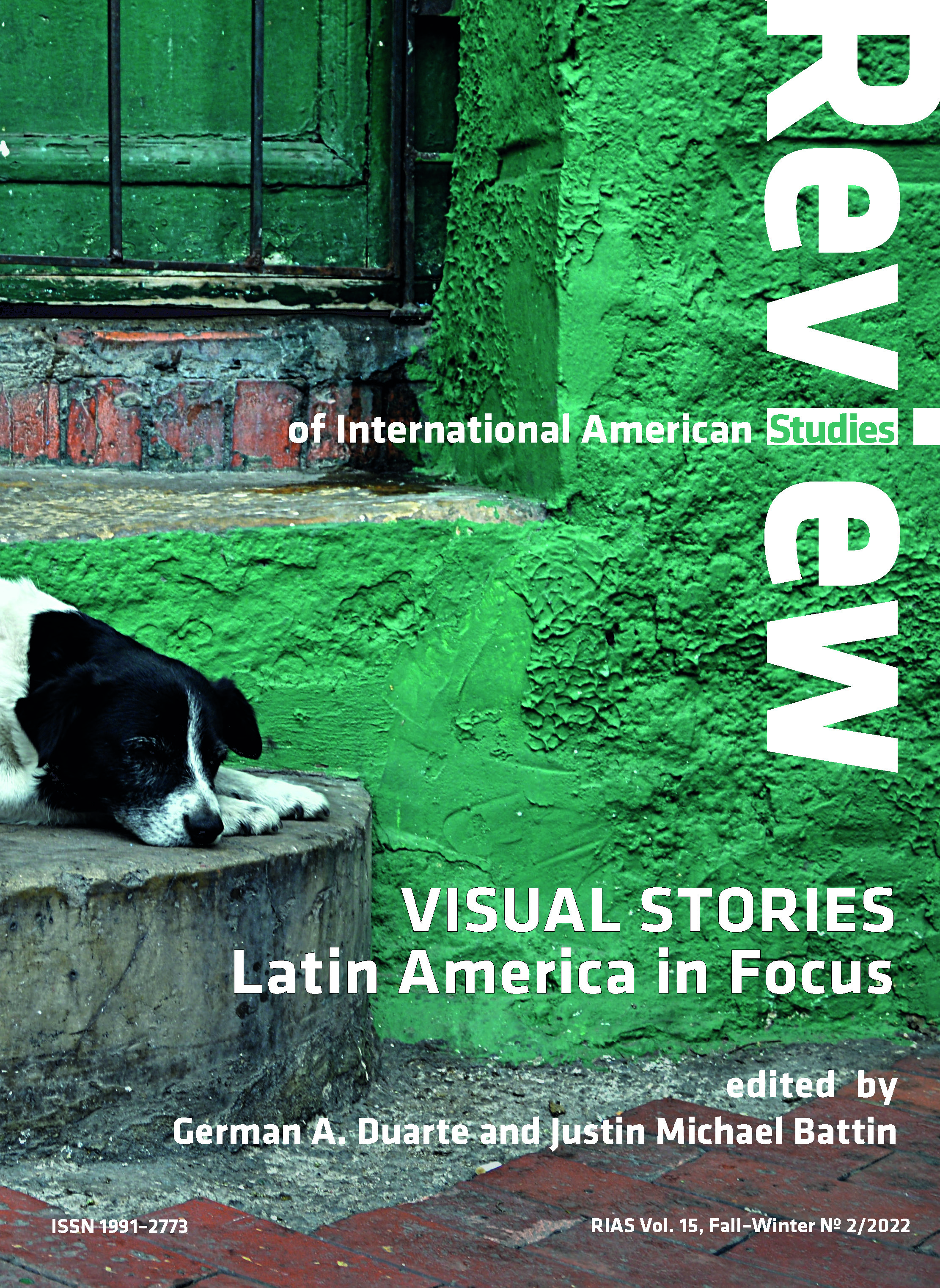

 https://doi.org/10.31261/rias.14720
https://doi.org/10.31261/rias.14720
This article provides preliminary insight into the creation of colonial visual culture. Using visual examples, the author shows how the encounter between European and Amerindian was, at first, apparently deprived of moral judgement, later being increasingly signified through moral and physical monstrosity, especially the female body, which served as an apparatus to assure colonial dominion. Looking mostly at the works of Liègeois artist Theodor de Bry, the author shows how increasing female protagonism may have helped to coin a proper visual culture that mirrored the development of productive force in early capitalism. Assuming that the European colonizer in the fifteenth and sixteenth centuries was still highly informed by Medieval culture, the author quickly retraces how the New World was imagined through cartography, following to the first depictions of the Amerindian and, finally, focusing on de Bry’s work and an argument on capitalism and how visual culture may help us understand its process.
Download files
Citation rules

Vol. 15 No. 2 (2022)
Published: 2022-12-31
 10.31261/RIAS
10.31261/RIAS